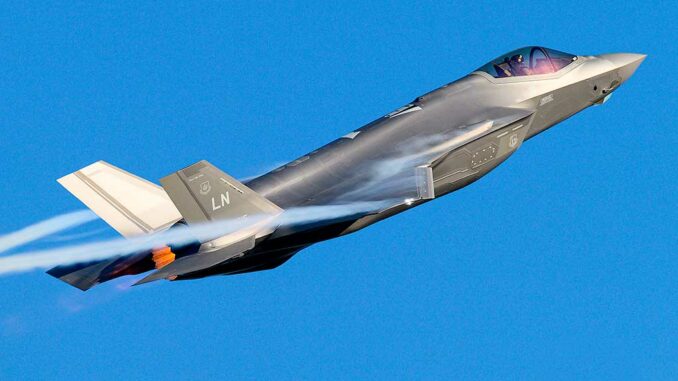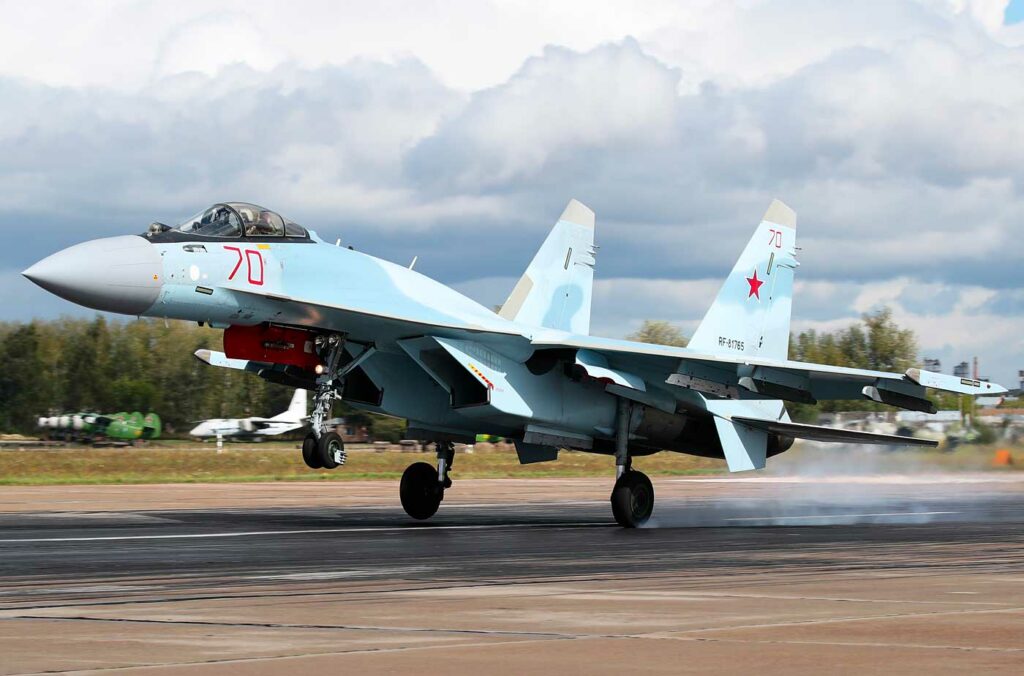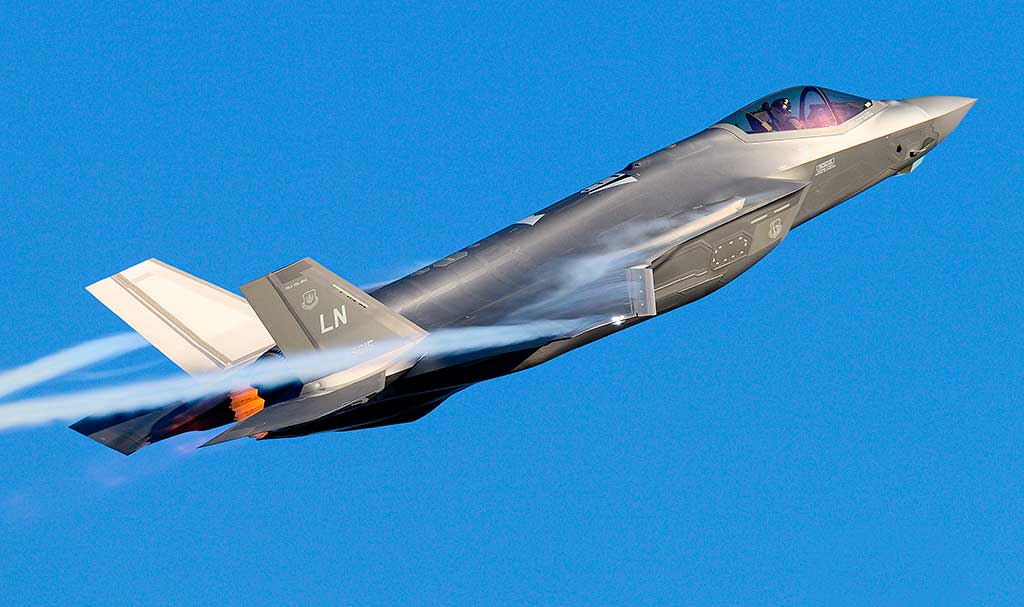
Detailed analysis of the military, political, and tactical factors guiding the choice between air superiority missions and ground attack missions.
A fundamental strategic choice in air planning
When an air command develops a campaign, the first major decision often concerns the priority nature of operations: ensuring air superiority or engaging in ground attack missions. This dilemma determines the order of engagement, the choice of air vectors, the distribution of ISR (intelligence, surveillance, reconnaissance) resources, and the political or tactical objectives to be achieved. This is a constant trade-off, depending on the balance of power, the nature of the conflict, the operational environment, and the capabilities of the fighter aircraft engaged.
Air superiority aims to deny the enemy the use of airspace. Without it, any ground attack is exposed to increased risks. Conversely, in certain asymmetrical theaters or when faced with an immediate ground threat, a rapid strike against enemy infrastructure or units may take priority. This tension is constant, whether in a high-intensity conflict (such as Ukraine) or in a context of external projection (Iraq, Mali).
The balance between these two types of missions is never fixed. It responds to political constraints (human cost, international pressure), technical constraints (type of aircraft available), logistical constraints (bases, weapons), but also doctrinal constraints. The choice of mission directly influences the rules of engagement and the nature of the conflict. This detailed analysis examines the key parameters of this strategic decision.

A precise understanding of the air superiority mission
Definition, doctrine, and operational implications
Air superiority consists of establishing partial or total domination of the airspace in order to guarantee freedom of action for friendly forces and restrict that of the enemy. It can be temporary (achieved locally over a few hours) or extended to an entire theater (such as Operation Allied Force in Kosovo in 1999).
This mission relies on the use of fighter aircraft specialized in air-to-air combat, such as the F-22 Raptor, the Su-35S, or the Rafale F4. These aircraft often operate in offensive air combat patrols (CAP) or as penetration escorts. Their AESA radars, data fusion capabilities, stealth, and long-range missiles (such as the Meteor or R-77) are central to this mission.
The conditions of engagement also require an advanced detection network (AWACS), real-time tactical control, and in-flight refueling support. The objective is to make any attempt by the enemy to contest air superiority prohibitively costly.
Achieving air superiority is a doctrinal prerequisite in Western armies. The Pentagon often plans for three to five days of campaigning dedicated exclusively to this task at the start of a conflict. However, some forces, such as the Israeli Air Force and the Chinese Air Force, prefer more integrated models, combining strikes and fighter aircraft from the outset.
Strategic consequences of success or failure
Established air superiority allows total freedom of maneuver, particularly for ground and maritime operations. It greatly reduces losses, disrupts enemy networks (logistics, command), and degrades their ability to respond.
Conversely, the absence of air superiority exposes support missions to major threats. The Russian army in Ukraine has experienced this: without lasting air superiority, its ground attack aircraft such as the Su-25 and Ka-52 helicopters suffered heavy losses against Ukrainian air defense and Western MANPADS missiles.
The cost of this mission is high: a two-hour flight for a Rafale in CAP can cost more than €50,000 (approximately £42,500 or $54,500), not including in-flight support. This is a strategic expense, but often essential to avoid much heavier losses in the medium term.
A ground attack mission focused on immediate effect
Objectives, doctrines of use, and types of targets
Ground attack missions include several subtypes: close air support (CAS), air interdiction (AI), suppression of enemy defenses (SEAD/DEAD), and strategic strikes. These actions aim to destroy ground targets in order to disrupt the enemy, break its military potential, or directly influence ground maneuvers.
Multirole fighter aircraft (such as the F-16 Block 70 or the JAS 39 Gripen E) can carry GPS-guided munitions (JDAM), air-to-ground missiles (Brimstone, AGM-65), or laser-guided bombs. Their effectiveness depends on their range, reaction speed, and ability to integrate accurate ISR data.
This mission often requires close coordination with ground troops or a JTAC (Joint Terminal Attack Controller). It involves dynamic targeting, sometimes down to the minute, with a high level of legal and political responsibility for accuracy and collateral damage.
The operational cost of a ground attack mission varies greatly. A guided strike by an MQ-9 Reaper drone on an isolated target can cost around €5,000 (approximately £4,300 or $5,400), while a penetration mission involving several fighter jets and guided munitions can exceed €150,000 (approximately £128,000 or $163,000).
Limitations and vulnerabilities to the enemy
A ground attack mission undertaken without air superiority is exposed to numerous risks: interception by enemy aircraft, anti-aircraft fire, and radar jamming. Even stealth aircraft such as the F-35A remain vulnerable in contested areas if they do not have ISR relays and electromagnetic coverage.
Modern wars have demonstrated the effectiveness of targeted strikes in a controlled environment, such as the elimination of Qassem Soleimani by a Hellfire missile or the Israeli Air Force’s raids on Syrian missile depots. But they have also shown that without tactical coordination, ground attacks can lose their operational relevance.
The dilemma is even more acute in saturated environments (China, Iran), where multi-layered air defense (HQ-9, S-400, Pantsir-S1) requires complex planning. Ground attacks then become a game of precision where mistakes are immediately costly.

Strategic coordination conditioned by the context of war
The theater of operations, a determining factor
The type of war directly influences the mission hierarchy. In a high-intensity conflict, air superiority is imperative. The allied campaigns in Iraq (1991, 2003) and Kosovo (1999) are examples of this: the first week was systematically dedicated to neutralizing enemy air forces and their radars.
In contrast, in counterinsurgency or stabilization operations, ground attacks take precedence. In Afghanistan, the majority of US Air Force sorties were focused on supporting ground forces, with precision strikes on insurgent hideouts or convoys. With no air threat, the priority shifted to direct support.
Modern hybrid engagements, such as in Syria or the Sahel, blur the lines. Commanders must make decisions in real time, based on intelligence, tactical tempo, and the electromagnetic environment.
The political factor and rules of engagement
The choice of mission is also subject to political imperatives. The presence of civilians, diplomatic pressure, human cost, and the sensitivity of public opinion strongly influence the use of air power.
An air superiority raid against enemy aircraft is often considered a “pure” military action. A ground strike, especially if it hits a populated area, can lead to a diplomatic or legal crisis, as was the case in Libya and Yemen.
Rules of engagement must therefore incorporate a strict legal framework, with validation by political authorities or military leaders. This directly influences the timing, precision, choice of munitions, and the level of exposure tolerated for pilots.
Tactical complementarity under resource constraints
The choice between air superiority and ground attack is not based on a fixed doctrinal preference, but on a dynamic assessment of the threat, enemy capabilities, and strategic objectives. Modern fighter jets must be able to switch between the two types of missions, sometimes in the same flight, as is possible with a Rafale or an F-15EX.
The current trend is toward integration. Platforms must combine sensors, interoperability, versatility, and robustness to enable flexible management of air priorities. But this versatility comes at a price: high acquisition costs, logistical complexity, and dependence on tactical intelligence and ISR networks.
Armed forces with limited resources often have to make choices. These choices are rarely ideological. They are dictated by operational constraints, budgetary limitations, and the ability to absorb losses. This strategic realism is the key to effective air planning.
War Wings Daily is an independant magazine.